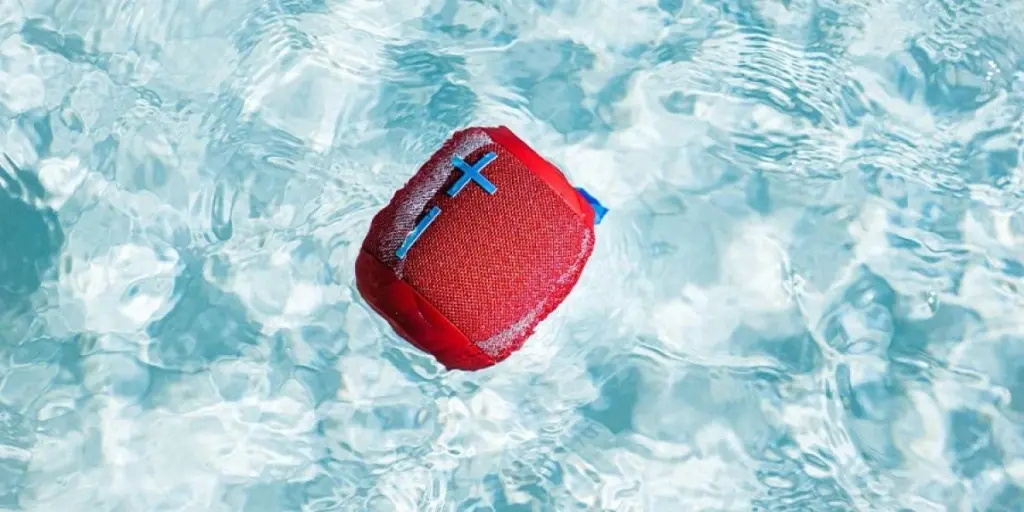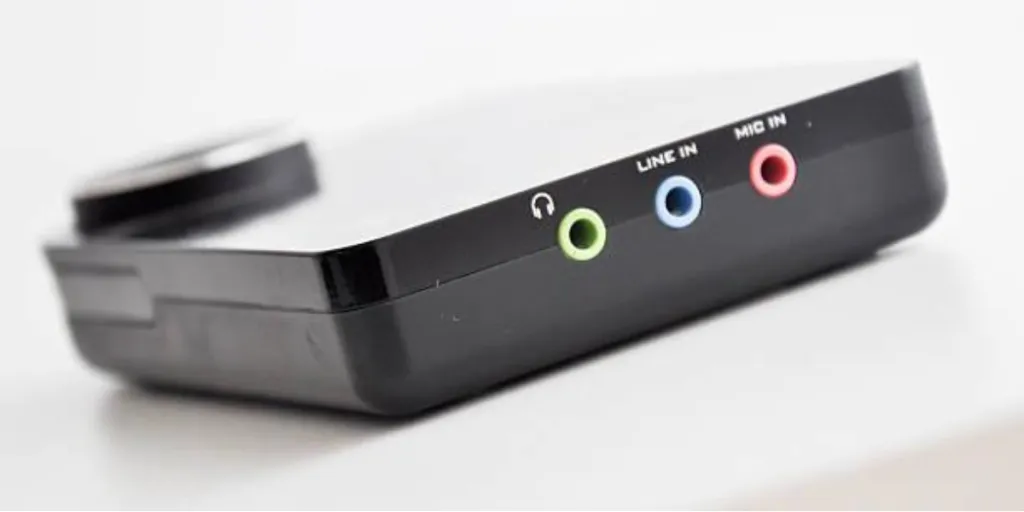A garment steamer is an effective tool for quickly ironing out fabric creases. Unlike traditional irons, garment steamers make ironing delicate clothes, like silky skirts and sturdy jackets, effortless. However, they aren’t limited to clothing ensembles. One can use clothing steamers to get rid of wrinkles or refresh fabrics around the home, like bed skirts, furniture slipcovers, draperies, pillow shams, and more. In addition, steam from garment steamers kills bacteria that cause bad odors and leave your clothes smelling fresher.
Table of Contents
The market summary of garment steamers
Five solid steps to stocking up the right garment steamers
Conclusion
The market summary of garment steamers
It’s no surprise that clothing steamers are rising in popularity. The garment steamers market, which was valued at $1,662.78 million in 2021, is projected to reach $2,399.14 million by 2028, growing at a CAGR of 5.4%. One of the key drivers of this market is working professionals who want to save time and effort removing wrinkles from different fabrics.
Hence, if there were a right time to make garment steamers available for customers, it would be now. Nonetheless, the wide array of clothing steamers on the market can make choosing the right models for your store overwhelming. Here are five steps to make your journey easier.
Five solid steps to stocking up the right garment steamers
Step 1: learn about the different types of garment steamers
The first step to choosing the right garment steamers for your customer is understanding the difference between vertical and handheld steamers.
Vertical clothes steamer
Also known as floor models or upright steamers, vertical clothes steamers feature larger water tanks that allow for longer steaming sessions and ironing numerous clothes at a go. Additionally, these garment steamers come with a hanger to hold fabrics upright (360-degree access) while steaming.
Compared to handheld models, vertical clothes steamers have a more powerful steam output. They are typically bulky, but models with compact designs offer excellent results in limited spaces. Upright clothes steamers are also expensive and less portable than handheld garment steamers.
Handheld garment steamers
Handheld steamers are portable devices that feature a compact design. Since they are lightweight and easier to store, they are ideal for customers who travel often. Additionally, it is a perfect choice for people who are getting started with clothing steamers. Most people begin with handheld steamers and upgrade to vertical clothes steamers later in their lives.
Though handheld steamers have a smaller water reservoir, many models are as powerful as upright steamers. They are also comparatively inexpensive when compared to their vertical counterparts.
Step 2: understand a garment steamer’s steam flow rate

Another essential factor to consider when choosing a garment steamer for your customers is its steam flow rate. Different fabrics require different amounts of steam. For instance, one can use high-temperature steam on sturdy fabrics like cotton and corduroy. However, delicate fabrics like silk, polyester, and waxed clothes need low-temperature steam. Hence, it is wise to invest in clothing steamers with different steam settings as they can accommodate a wider array of fabrics.
Step 3: analyze the garment steamer’s power consumption
Depending on your customer’s preferences, you might have to offer them a clothing steamer with light energy usage for minor steaming needs or heavy residential steamer models for massive needs. Hence, it is imperative that you invest in garment steamers with light and heavy energy usage.
Typically, high energy consumption contributes to faster heating and a high steam flow rate. In other words, the clothes won’t be damp at the end of a steaming session. However, it also leads to high electricity bills, making it a non-viable option for some customers. An alternative is to find manufacturers selling energy-saving garment steamer models.
Step 4: how long does the garment steamer take to heat up
Different garment steamer models have different heat-up times. Generally, handheld garment steamers heat up quickly-–around 30 seconds, making them an ideal option for customers who need a steamer to iron their clothes in the morning before going to work. On the other hand, vertical clothing steamers can take around five to ten minutes to heat up. Hence, they are ideal for consumers with a lot of time to steam fabrics.
However, there can be exceptions in either case. So, shop around to find the clothing steamers with the best heat-up times.
Step 5: features and attachments of the garment steamer

The last step to finding the perfect garment steamers for your customers is to consider the features and attachments. Beyond the model, heat-up time, and energy consumption, a clothing steamer’s efficiency is ultimately decided by its accessories. For example, the steamers may feature brushes, collapsible handles, suction hooks, automatic turn-off technology, protective gloves, bottle connectors, etc.
Here are a few essential features of garment steamers you must not overlook:
- Handgrip – Handheld clothing steamers should have a comfortable grip for your customer’s hand size.
- Automatic turn-off technology – Constant heating can damage the steamer. When steaming multiple fabrics, the garment steamer should automatically shut down when it isn’t being used or if the water reservoir runs dry. Some inexpensive models feature an “on hold” mode that can be manually turned on.
- Attachments – Fabric brushes for thicker fabrics (helps open up fibers), steamer heads for creating pleats, or a handle to hang clothes upright can be an added advantage for both handheld and vertical steamers. In addition, consider the length of the hose on upright clothes steamers to see if they would be ideal for steaming drapes, wall hangings, and more.
- Accessories – Protective gloves, foldable hangers, and heatproof storage bags are among the most desirable accessories that consumers look for when purchasing garment steamers.
Conclusion
Unlike traditional irons, garment steamers are easy to use and serve multiple benefits.They are great for ironing clothes, refreshing fabrics, and even sterilizing surfaces around your home. Hopefully, this guide has helped you determine the right clothing steamers for your customers.
The next step is to buy wholesale garment steamers. While at it, check reviews and performance ratings of the products before buying in bulk.




